I Got Fired the Day Before My Vacation—And HR’s Policy Was Their Biggest Mistake

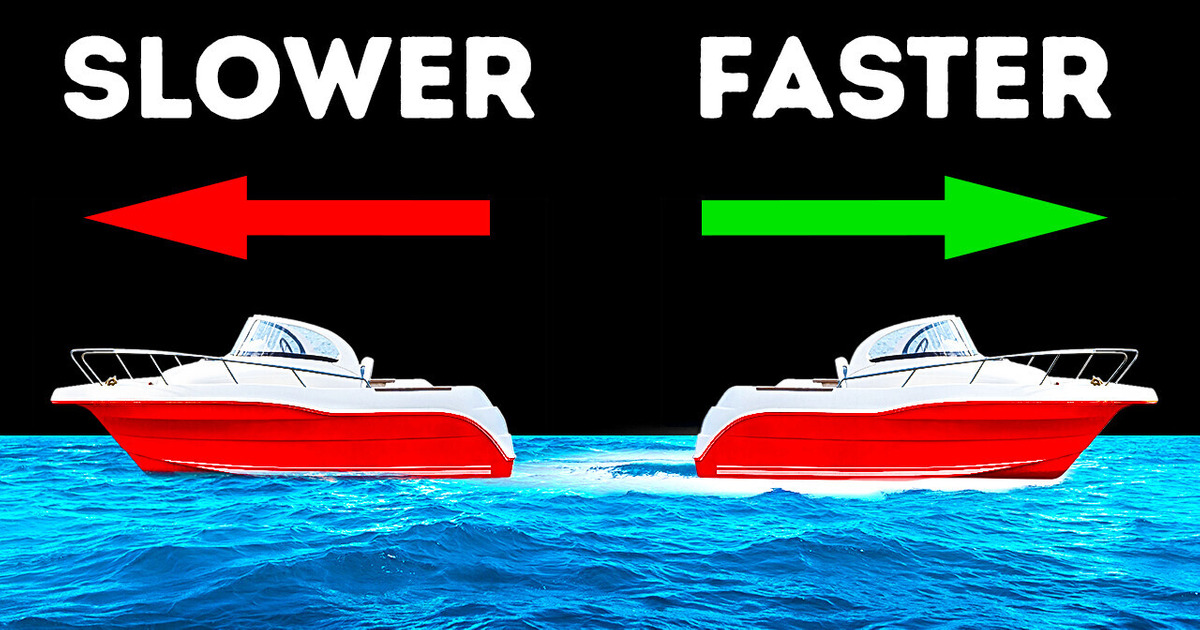
Next time you jump into a yacht, you should worry not about the wind but about the waves. An average storm can’t cause enough damage on its own, as the wind is unlikely to tilt the boat over. A wind-driven wave, however, might destroy a lot of equipment and even sink the yacht altogether.
Don’t worry, though; it’s not that common to come across a bad storm — or worse, a hurricane — while at sea. You’d really have to be looking for it. Most people with over 20 years’ worth of experience at sea have never encountered extreme weather.
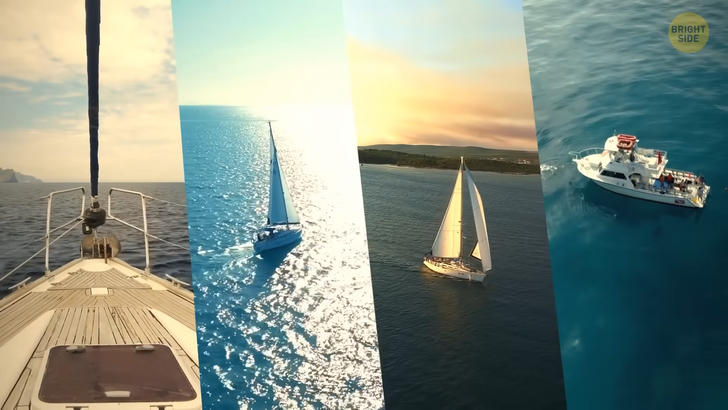
Sure, the word “yacht” can sound a bit luxurious, but in some parts of the world, it’s not that expensive. Like in Northern Europe, for example, you can purchase a ready-to-sail ship for around 10 to 20 thousand dollars. It might need a bit of fixing, but it won’t be a bad investment.
If you do plan on sailing to Europe, you might want to skip the Mediterranean, since it’s a pretty lousy region for sailing. You’ll either have too much wind or no wind at all, which is the worst kind of weather for sailors. The perfect conditions are created by relatively strong and steady winds. You’ll find those in the Caribbean. And don’t worry about the size of your ship; it’s really not that important. You’ll just need to be well-prepared. You can really travel around the world in a 30 feet-long yacht if you’re brave enough.
In fact, one of the smallest boats to ever sail around the world was just 21 feet! Alessandro Di Benedetto circumnavigated the world in his little sailboat. It took him 268 days and 19 hours. What’s even more impressive is that his boat was nearly destroyed near Cape Horn. But he managed to fix it and get back to France to win the world record.
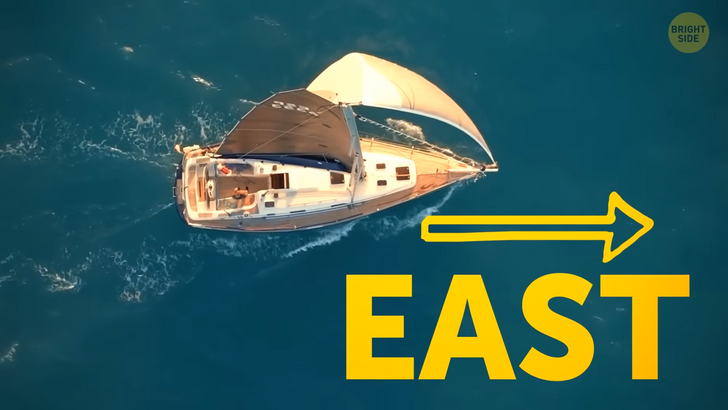
Planning on breaking world records yourself? Make sure you sail around the world eastward, it’s easier. Mostly due to stronger and more predictable winds and eastward currents in the Southern Hemisphere. Only 5 existing world records were obtained when the travelers used the westward route. And since 2010, no one has set a record while going in that direction.
There’s no need to start learning astronavigation; nobody uses it these days. It’s more of a nice-to-have. Experienced sailors don’t rely on space bodies to orient themselves. What people do use now for recreational navigation is an iPad. Even Airbus and Boeing pilots use iPads when flying.
Speaking of how prepared you should be, brace yourself for a lot of boredom. We’ve all heard stories about wonderful sunrises and sunsets, swimming with dolphins and tuna. But you might have nothing to do for weeks. You’ll just need to fix the tack every now and then — and that’s it. As for the remaining 23 hours, 59 minutes, and 30 seconds of the day — no tasks! Bring a board game or a lot of books, will you?
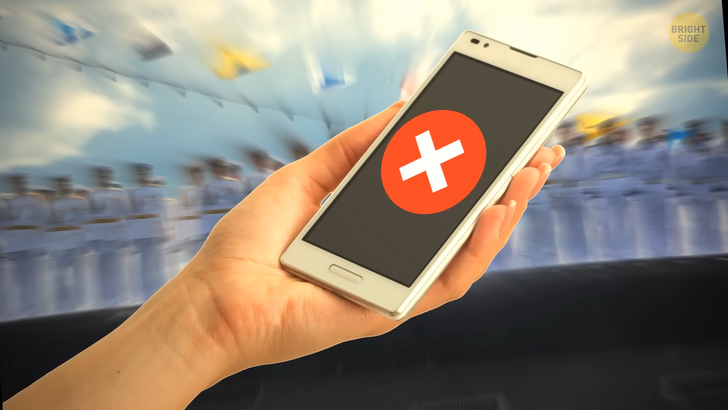
You might not be able to catch up with your friends back at home either. The Internet at sea is both really slow and expensive. Slow as in it’s going to take about half an hour to download a small picture. Expensive as in a gigabyte might cost up to several thousand dollars.
It’s also best if you leave your pets at home. Dogs, in particular, don’t like it at sea too much. Especially large dogs or those who weren’t accustomed to that environment early on in their lives. You won’t be able to easily toilet train a dog on board either. Cats, on the other hand, are a lot easier to take care of, so they make better sailors.
Don’t go heavy on bananas if you’re heading for the ocean either, as they’re seen as bad luck. Especially on fishing boats. Some sailors say fish won’t bite a hook if bananas are somewhere on board. Cats are, again, absolutely Ok to take on a boat since they’re thought to be a sign of good luck. It probably has more to do with the fact that they keep rats away.
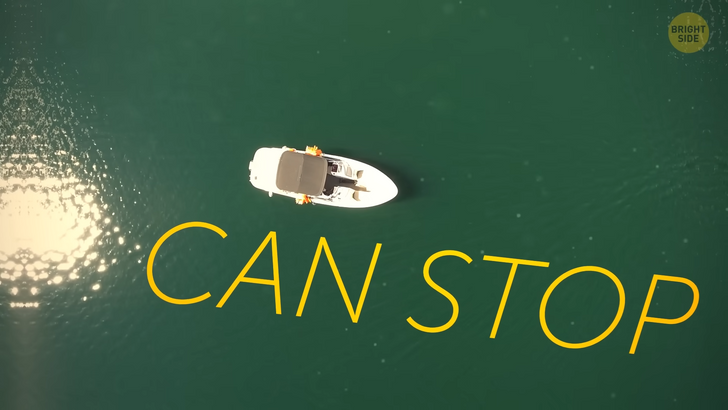
Let’s say you want to cross the ocean. Will there be any stops on the way? Not if you don’t want to. Sure, you can stop in the middle of the ocean and take a break, but why would you want that? There aren’t a lot of islands when you cross the oceans, and it takes weeks to go from one piece of land to another.
No matter where your yacht is, it has to obey the laws of its country of registration. As such, you have to make sure that everything you bring on board complies with your national law. Plus, you have to register everything you have when crossing sea borders. If Antarctica is on your must-see list, just know that you might not get there on a non-metallic boat. The hull must be made of either steel or aluminum to withstand harsh weather conditions.
You might find birds in the ocean — they don’t just pass by but actually live there. Most of them choose to sit on the deck to rest when they see a boat. That’s because they may have been in continuous flight for months at a time. If you’re not planning on cleaning up after them, it’s best if you don’t allow them to land on your boat. It depends on how bored you’ll get, I guess.

On the fun side, there are a lot of small islands you can only check out by boat. They are otherwise off-limits to tourists. You’ll be able to see exotic plants and animal species, unique landscapes, and secluded villages.
One knot is equal to one nautical mile per hour or approximately 1.151 miles per hour. The best wind to handle small and mid-sized ships is anywhere between 8–12 knots. This is still good enough to reach impressive sailing speeds. For beginners, a speed of 5–8 knots is perfect to learn the basics. Anything under 5 knots is too slow.
Age was only a number for Laura Dekker when, at 16 years old, she became the youngest person ever to circumnavigate the world solo. The Dutch authorities almost didn’t allow this to happen since they believed she was too young for the journey. This astonishing feat isn’t recorded in the Guinness Book of World records because nobody wants to encourage 14-year-olds to sail the world by themselves.

The first time a person managed to circumnavigate the world alone was back in the late 1800s. Joshua Slocum left Boston, Massachusetts, on April 24, 1895, and returned 3 years later, on June 27, 1898, to Newport, Rhode Island. In total, he sailed more than 46,000 miles.
The water in oceans and seas is pretty salty. While 3.5% is the average salt level, some bodies of water contain even more salt. It speeds up metal corrosion. So, the saltier the sea, the more damage it will do to your ship and the faster it’ll happen. The saltiest waters on Earth are in the Mediterranean Sea, which has roughly 3.8% salinity. For less salty water, head toward the poles.
The fastest sailor of all time is Paul Larsen from Australia. He broke the world record at 65.45 knots. His records are for the sailing speed at a distance of 0.3 miles (also called outright) and for the fastest nautical mile.

No maritime story would be complete without that of Violet Jessop, the nurse that survived all three disasters aboard the sister ships: the Titanic, Britannic, and Olympic. She worked on ships to support her family well into her sixties and traveled all over the world. After finishing her voyages, she spent the rest of her life in Suffolk, England.
There are no boats with an unlimited lifespan; they all have to retire at some point. After a certain time spent at sea, they’re no longer considered safe or stable. Cargo ships that cross oceans, for example, typically reach 20 to 30 years of age. As for sailboats, they’re meant to last 30 to 40 years at most, even if they’re built of more flexible materials, like plywood or fiberglass.











